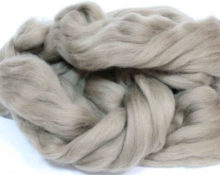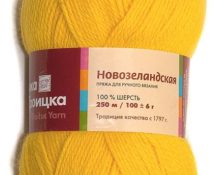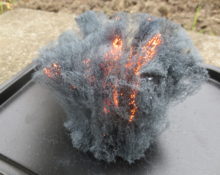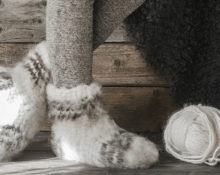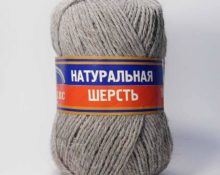It is extremely important for geologists, tourists and fishermen to wear clothes that not only provide excellent warmth, but also slowly get wet. Wool items meet both parameters. However There is no consensus on how slightly wet wool gear behaves. Whether it warms or not is also in question. The last option has scientific confirmation. Let's take a closer look at why it doesn't heat, and whether this is actually true.
How to explain the lack of heat from wet wool?
In hot weather, doctors recommend frequent washing and wiping with a wet towel. There are 2 reasons for this:
 the liquid, evaporating from the surface of the body, cools it;
the liquid, evaporating from the surface of the body, cools it;- Cold water affects heat exchange faster than hot air.
Thanks to rubbing, a person begins to feel better due to the fact that a stronger factor than hot air begins to influence his heat exchange. This factor, moreover, briefly lowers the temperature. This results in double benefit.
Important! When dry, woolen items warm well due to the air between the wool. Water displaces air, which fills the gap between the villi. Due to the replacement, the jacket or hat stops warming.
Knitted items not only cool when wet, but also take an extremely long time to dry.. Fleece, used when sewing sets for extreme sports, dries 8–10 times faster. This means that its protective and warming properties return 8–10 times earlier, and therefore it poses much less of a threat to health.
Products that contain both wool and polyester dry faster than natural wool. In this case, the fibers must be arranged in a certain order. Otherwise, the wet wool will transfer moisture from itself to the artificial material.
What animal's fur can still keep you warm?
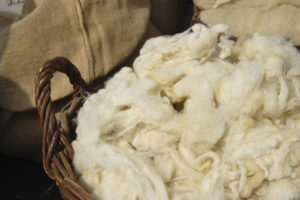 Manufacturers of travel clothing insist that Merino wool, a breed of sheep, retains its heat-protective properties even after getting wet.. This thesis of the company is confirmed by personal research (this means that it was carried out in laboratories that belong to the companies themselves). Descriptions of the experiments are freely available and can be easily accessed if desired.
Manufacturers of travel clothing insist that Merino wool, a breed of sheep, retains its heat-protective properties even after getting wet.. This thesis of the company is confirmed by personal research (this means that it was carried out in laboratories that belong to the companies themselves). Descriptions of the experiments are freely available and can be easily accessed if desired.
However, neither physicists, nor chemists, nor medical professionals are able to confirm or refute the hypothesis about merino. There is no information that the theory has been confirmed by independent research. Therefore, the manufacturers’ version can be taken both seriously and skeptically. Perhaps talk of quality preservation is just a marketing ploy to boost sales of specific tourist products.
Blogger Ross Gilmore insists on the latter point.The author of the articles conducts experiments designed to confirm or refute shocking claims made by manufacturers about their products. During one of the experiments, Ross tested the heat-shielding properties:
- slightly wet woolen hiking equipment;
- heavily wetted woolen clothing in the wind;
- heavily wetted wool items in windless weather;
- drying out heavily wetted woolen clothes;
- heavily soaked woolen items of clothing, whose moisture is constantly replenished.
As a result, Ross came to the conclusion that the difference between clothes made from ordinary wool and wardrobe items made from merino wool is minimal. They behave almost the same.
Important! You shouldn’t blindly trust the results obtained by a blogger, even a world-famous one. The human factor, subjective opinion, and subtle violations of technology could interfere with obtaining an objective assessment.
Also There is an opinion that dried goat hair items keep you warm and wet and dry. This is explained by a more uniform inner layer of fiber.


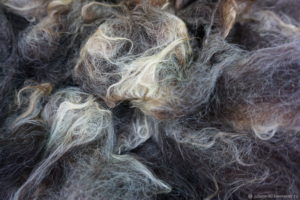 the liquid, evaporating from the surface of the body, cools it;
the liquid, evaporating from the surface of the body, cools it; 1
1
